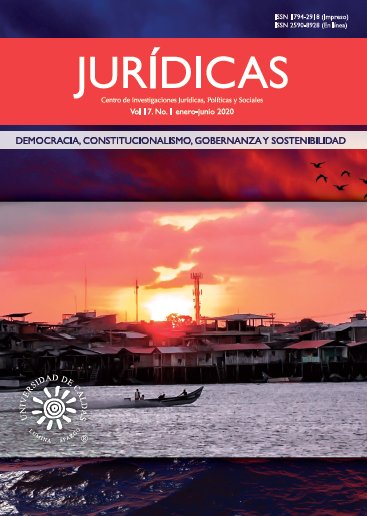Authors
Abstract
This article discusses the relationship between victims and victimizers from a specific context: the case of the serial killer of children, Luis Alfredo Garavito, who shocked society in 1999 for the brutality of his murders and which reflects the way in which victims can become victimizers when the socio-economic and cultural context generate certain conditions over time. The case is analyzed from the criminological and forensic point of view and a reflection is proposed from a sociocultural perspective going to the explanatory contexts and relationships between culture, behavior and violence. Taking into account the perspective of adverse events in childhood, a reflection is made on the vulnerability of the victims, especially when it comes to children and the way in which the different types of violence they face place them in a potential space of possible victimizers.
Keywords
References
Burner, E. (1964). El enfoque psicológico de la antropología. En TAX, Sol (comp.), Antropología una nueva visión. Cali. Editorial Norma.
Champagne, F. (2008). Epigenetic Mechanisms and the Transgenerational Effects of Maternal Care. Front Neuroendocrinol, 29, 386-397.
Duque, F. y González, A. (1993). Génova: su historia, gente, sus costumbres. Calarcá, Quindío: Editorial Kanora.
El País. (1 de noviembre de 1999). Un homicida calculador.
Foege, W.H. (1998). Adverse childhood experiences. A public health perspective. Am J Prev Med, 14(4), 354-355.
Fox, B.H., Perez, N., Cass, E., Baglivio, M.T. & Epps, N. (2015). Trauma changes everything: Examining the relationship between adverse childhood experiences and serious, violent and chronic juvenile offenders. Child Abuse and Neglect. 46: 163 -173.
Franco, S. (1999). El quinto: No Matar. Contextos explicativos de la violencia en Colombia. Bogotá. IEPRI.
Geertz, C. (1987). La interpretación de las culturas. Barcelona. Editorial Gedisa.
Goodenough, W.H. (1957). Cultural anthropology and linguistics. En Garvin, P.L. (comp.), Report on the 7th Annual Round Table Meeting in Linguistics and Language Study, 109-173, Washington/DC: Georgetown University.
Jiménez, A. (1994). La neutralización de la víctima y el interés socializado de las víctimas. En EGUZKILORE Cuaderno del Instituto Vasco de Criminología n.º 8.
Jimeno, M. (2002). Crímen pasional: con el corazón en tienieblas. Serie Antropología 323. Brasil: Universidad de Brasilia.
Jimeno, M. (2004). Unos cuantos piquetitos. Violencia, mente y cultura. Cahiers des Amériques Latines, IHEAL Editions, 45, 143-164.
Muñoz, C. y Pachón, X. (2002). Réquiem por los niños muertos. Bogotá S.XX. Bogotá. CEREC.
Nebot, M. (1974). Los famosos criminales. Barcelona: Bruguera S.A.
Organización Mundial de la Salud (OMS). (2009). Prevención del maltrato infantil: Qué hacer, y cómo obtener evidencias. ISPCAN.
Otero, D. (2007). Las cifras del conflicto colombiano (Segunda edición). Bogotá: INDEPAZ.
Palomino, S. (8 de octubre de 2015). Colombia condena por primera vez a una iglesia católica por pederastia. El País.
Revista Cambio 16. (1993). Un país que mata niños.
Rodríguez, P. (2002). Pederastia en la Iglesia católica. Delitos sexuales del clero contra menores, un drama silenciado y encubierto por los obispos. Barcelona: Ediciones B.
UNICEF. (2002). Guía sobre el protocolo facultativo relatio a la participación de los niños en los conflictos armados. Bogotá: UNICEF.
Uribe, M.A. (1991). Matar, Rematar y Contramatar. Bogotá: Cinep.
Valencia, I. (2003). Homicidios en Serie. Cali: FAID editores.

 PDF (Español)
PDF (Español)
 FLIP
FLIP

























